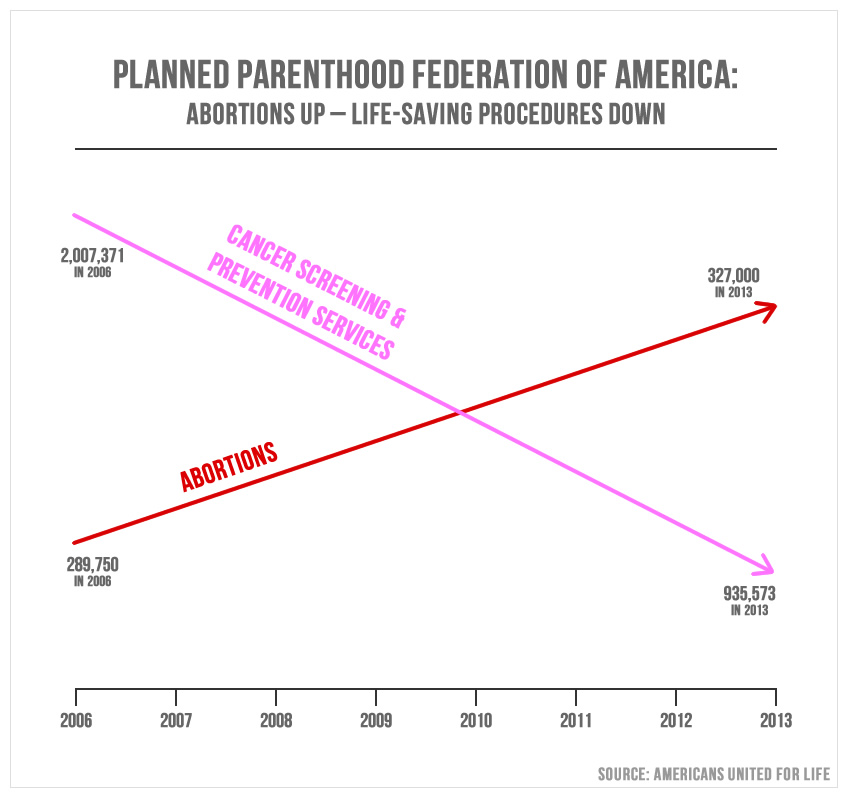Why is STEM Education Important?
I am a math teacher and a computer scientist, so it goes without saying that I value STEM education. STEM provides people with opportunities to be creative, make mistakes, and engage in iterative design (the holy grail of learning, if you ask me). While I believe these things to be true, they really don’t get at why STEM education is so important for young people.
The world is increasingly data-driven. This means that the decisions being made by those in positions of power are often a cocktail of number crunching and political considerations. Therefore, in the age of big-data, critiquing the data which is informing decisions may become as important as investigating political rationale. This is where math literacy takes the stage. The ability to look at a dataset and question its veracity is a skill which can, and should, be taught in math and science classrooms. High school graduates should be able to look at a graph and recognize the tricks, such as scale manipulation, which are often used to fool the unsuspecting (see this graph for an example). And most of all, a graph such as the one below (which was actually presented in congress by Rep. Jason Chaffetz) should be recognized by every voting citizen as complete nonsense.

Tech literacy, like math literacy, is also becoming more important in understanding the the distribution of power. Increasingly, algorithms are being used to decide who receives loans, insurance, and jobs. While it might seem that technology could be used to eliminate biases and make objective decisions, this has not been the case. Consider the recent Amazon AI hiring program, which was canceled because it reproduced biases against women. Understanding technology, how it works, and its limitations allows people to critique its misuse and abuse. While many youth are experts at using technology, their knowledge about how this tech works is limited. This is especially problematic when you consider that the ethics of privacy, deciding who lives and who dies (literally; the classic trolley problem now needs to be answered by self-driving car designers), and the survival of the Earth are all at stake.
I love math and I love technology, and I hope that my students will come to appreciate the beauty of STEM as well. More importantly though, I hope that my students will learn enough about how mathematics, data-science, and technology shape the world around them to look at society’s structures critically.
